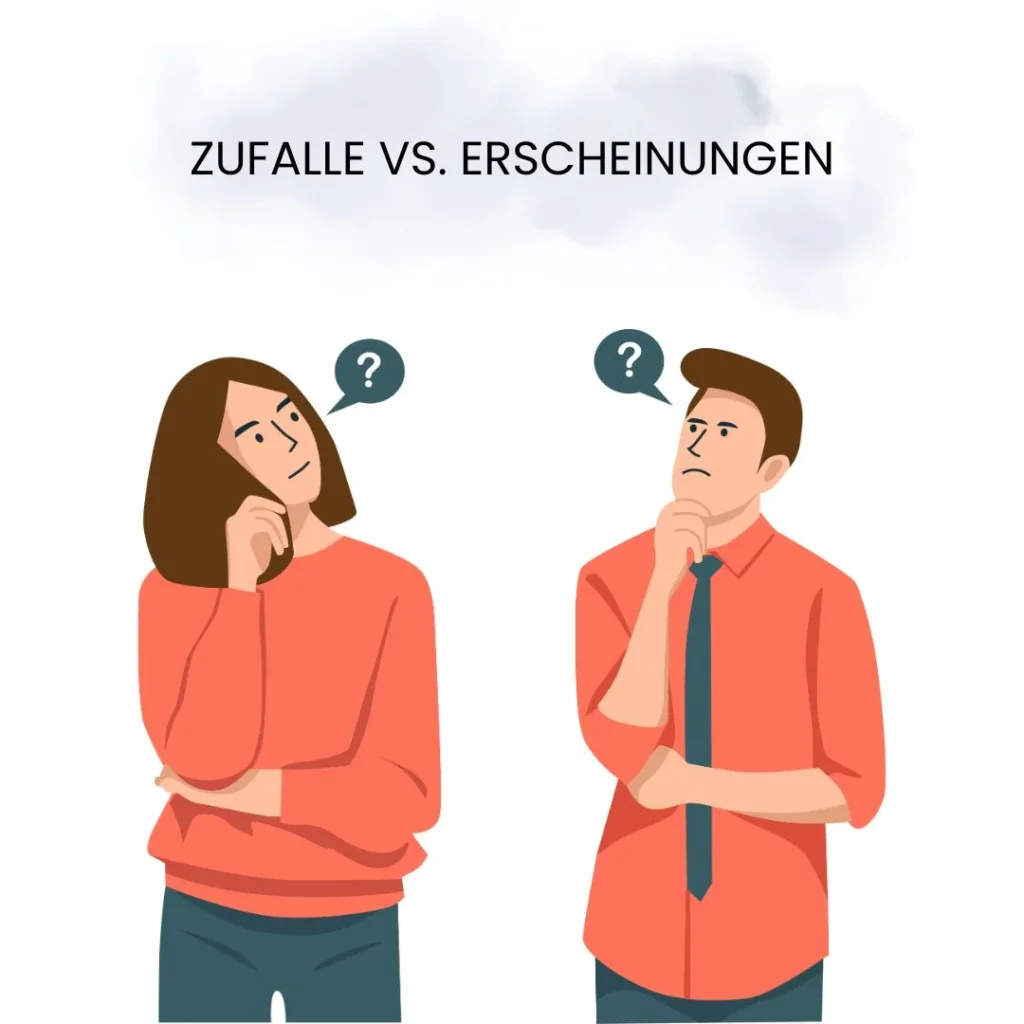When reading § 8 of the Organon of Medicine, many of us accept the translated English version without question. But what if one mistranslated word changed the entire meaning of this core principle?
Let’s dive into an important debate surrounding Hahnemann’s original German terms and why understanding the difference between Zufalle and Erscheinungen can completely reshape how we perceive disease in homeopathy.

Table of Contents
ToggleWhat Did Hahnemann Really Mean in § 8?
In the English translations of the 5th and 6th editions of the Organon, § 8 refers to “perceptible phenomena.” The German equivalent used here is Erscheinungen, which implies the visible, observable signs and symptoms of a disease.
But wait.
Dr. Philip Rice, in his 1952 article “The Cause and Cure of Homeopathic Ills” (Journal of the American Institute of Homeopathy), pointed out a significant translation issue.
He claimed that the original German version used the word Zufalle, not Erscheinungen. And that changes everything.
Zufalle = Causal Events
Erscheinungen = Observable Phenomena
Let’s break that down:
- Zufalle: Refers to causal events – the circumstances, traumas, or miasmatic influences that led to the illness.
- Erscheinungen: Refers to outward symptoms – what the patient or physician sees during consultation.
See the difference?
If we interpret § 8 through the lens of Erscheinungen, the emphasis lies on symptom collection alone.
But if we replace it with Zufalle, we now focus on finding the cause – the story behind the symptoms.
And that’s what true homeopathy is about.
Why This Matters: The Core of Homeopathic Philosophy
According to Hahnemann, disease is a dynamic disturbance of the vital force.
These are not merely pathological labels (like asthma or psoriasis), but results of deeper energetic imbalances often triggered by life events, emotions, or inherited tendencies (miasms).
That’s why simply treating the pathology misses the point.
Example
- For ailments after disappointed love, we have Ignatia Amara or Natrum Muriaticum.
- For suffering after humiliation or insult, think Staphysagria.
These aren’t chosen based on the symptoms of the skin or gut, but on the causal event.
How Does This Change Our Approach to Case-Taking?
If we understand Hahnemann’s intention as Zufalle, then a proper homeopathic case-taking must explore:
- The timeline of events leading to the current illness.
- The patient’s past emotional traumas or shocks.
- Inherited patterns from family history.
This leads to a deeper, individualized prescription that treats the root, not just the result.
A Quick Analogy
Imagine a tree with wilting leaves (symptoms). You could paint the leaves green (Erscheinungen approach), or you could check the roots and soil for toxins or dryness (Zufalle approach).
Which one do you think brings real healing?
A Modern Misunderstanding?
With the rise of integrative and evidence-based modern medicine, we often rely heavily on diagnostics and symptoms. That’s not wrong – it’s helpful for identifying disease names.
But homeopathy works differently.
When patients or even practitioners focus only on what is seen, they miss the dynamic interplay of history, emotions, and energy. That’s where Zufalle leads us back on track.
Why Did This Translation Error Happen?
It’s not necessarily a fault – translators like Dudgeon and Boericke made immense contributions. But language evolves.
The German word Zufall has layers of meaning: accident, chance, event, fate – all depending on context.
A homeopath trained in both linguistics and philosophy, like Dr. Sarkar, understood that Hahnemann was pointing to life events, not just symptoms.
What Can Students and Practitioners Do With This Insight?
- Re-read § 8 with Zufalle in mind.
- Emphasize the story behind the disease in your cases.
- Use this understanding to pick remedies that reflect the cause, not just the complaints.
Conclusion: The True Genius of Hahnemann Lies in Causation
By recognizing the importance of Zufalle over Erscheinungen, we return to the very soul of classical homeopathy.
Healing doesn’t begin with what we see – it begins with what the patient has experienced.
If we shift our approach back to understanding the hidden causal events, we honor the legacy of Hahnemann, ensure better prescriptions, and bring deeper, lasting cures.
Let’s keep asking: What really happened before the disease appeared?
That’s the question that can heal.
